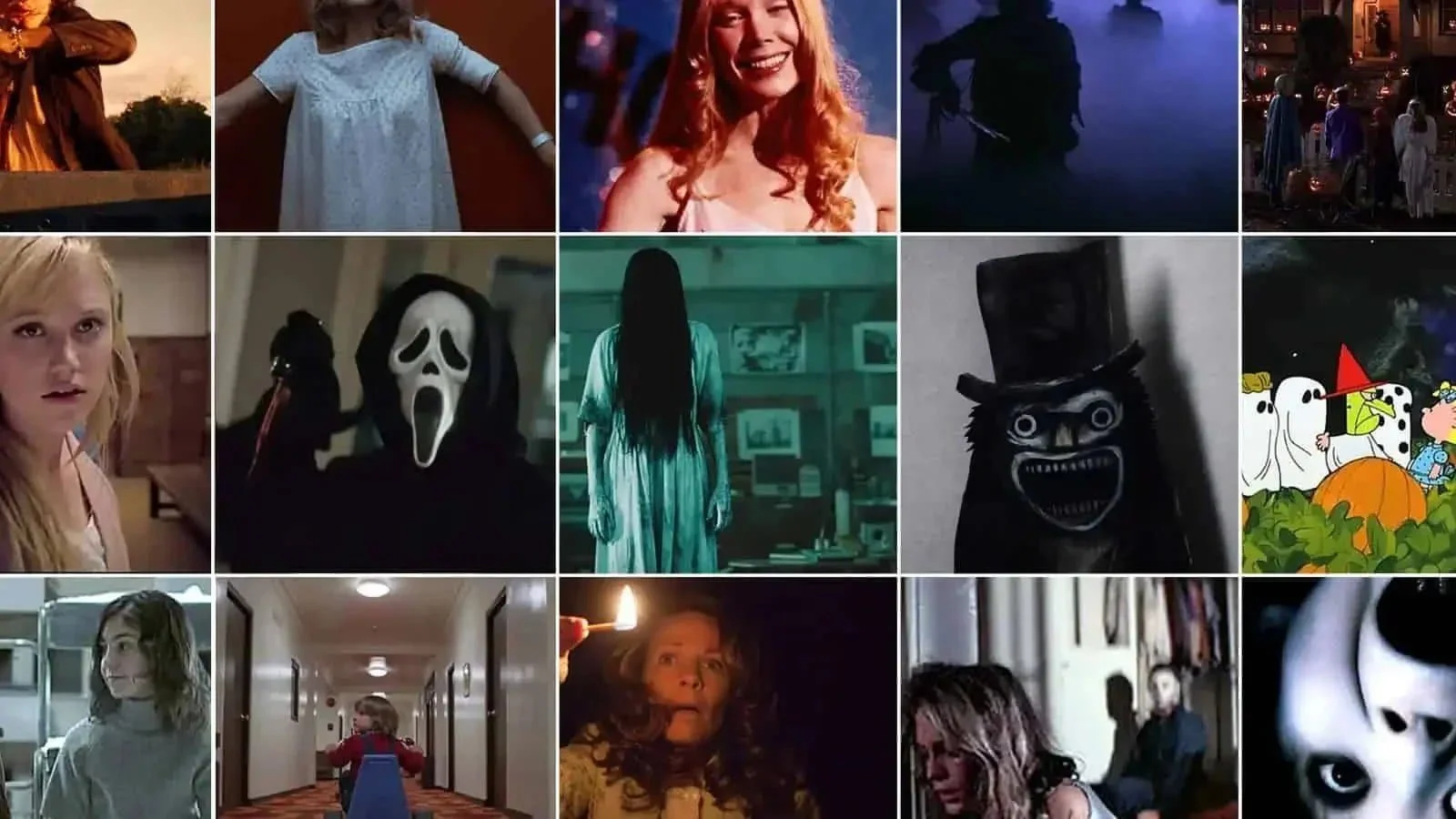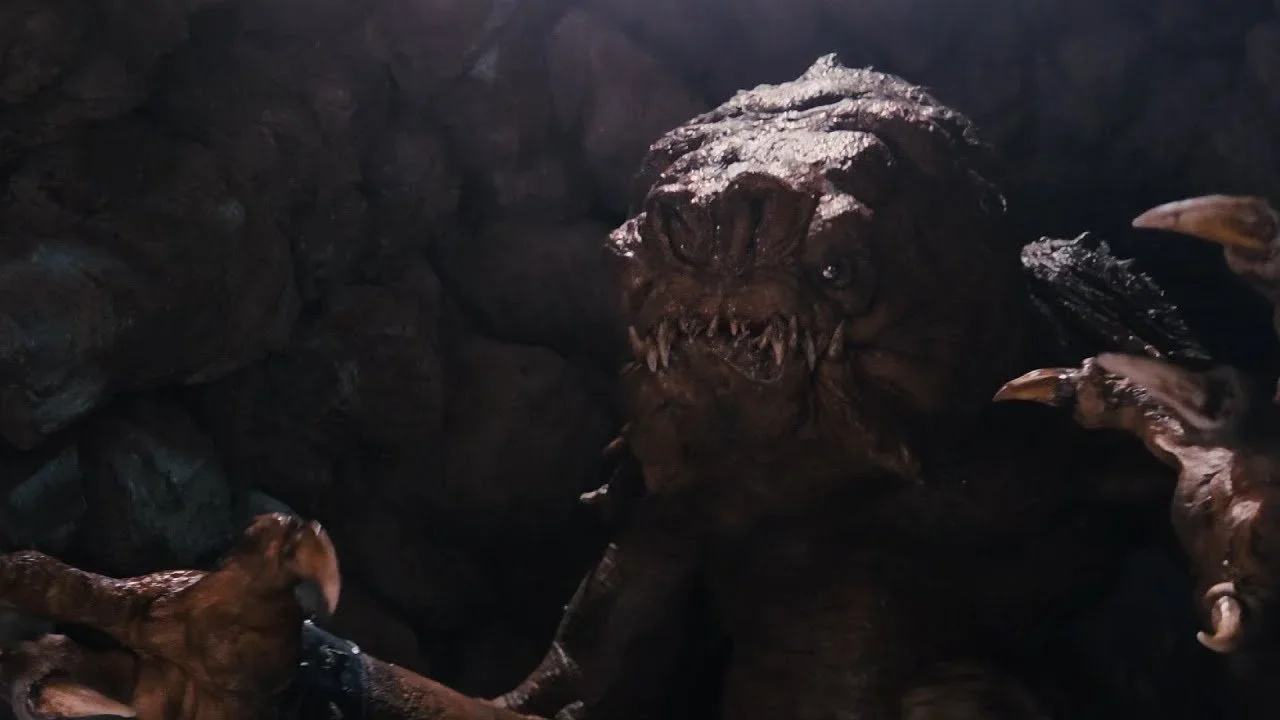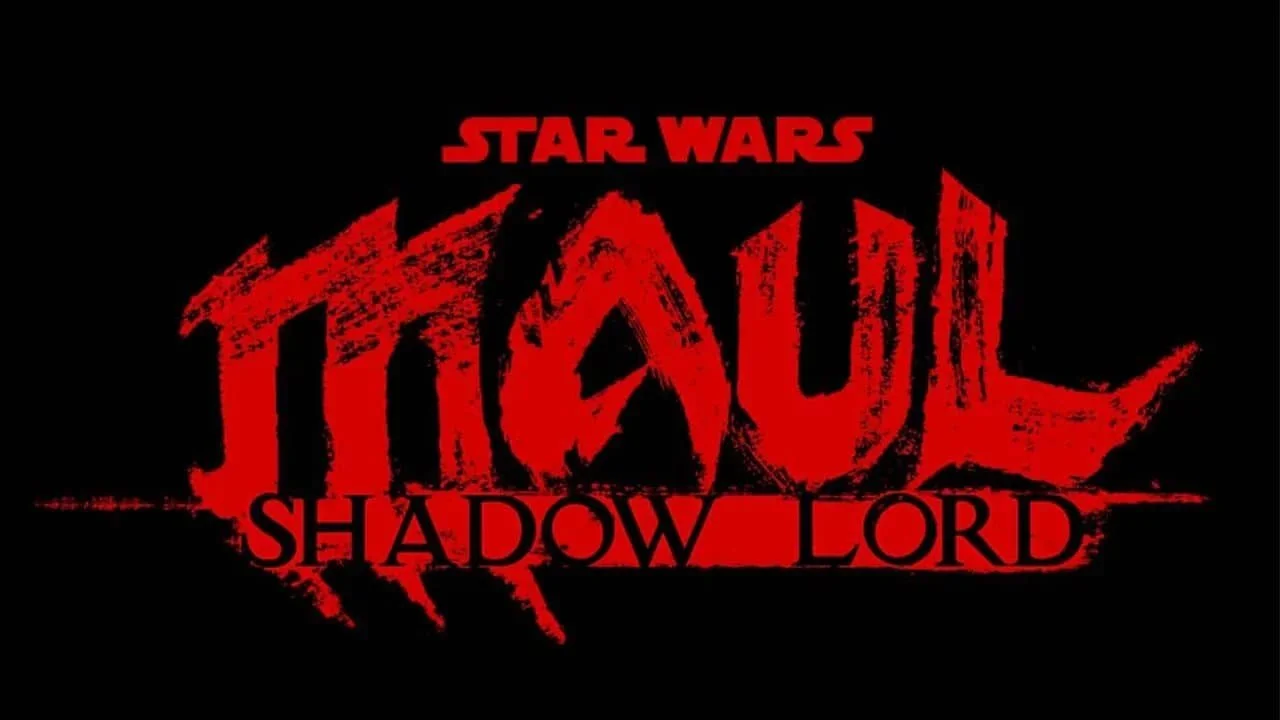History Of The Scream Queen
Image Source: IMDb
The term “Scream Queen” is recognizable by everyone, even those who aren’t fans of the genre. It is a term that is as synonymous with horror as jump scares or murder, but what does it mean, and where did it originate? For the fifth and final entry in my History of series, we are going to take a look at where this term comes from and how it has evolved over the decades.
Typically, I would kick off this article by giving you the definition of a scream queen, but when the term first came about, there wasn’t really a definition for it. The term was simply used to refer to a female character in a horror film that screamed. The very first scream queen was Fay Wray, and the title was given to her after she starred in 1933’s King Kong. After filming on the movie had been completed, she spent an entire day in the studio, just recording different variations of her scream to be used in the film. She admitted during an interview years later that she actually hated being called a scream queen because it resulted in her being typecast in Hollywood. Every time she would walk into an audition, they would ask her to scream even if the role didn’t call for it.
RELATED:
Image Source: IMDb
For decades, the scream queen was a damsel in distress that needed saving and spent the majority of her film simply screaming and waiting for help. It wouldn’t be until 1978 when this panicked damsel would be turned into something more. Jamie Lee Curtis’ role in Halloween showed that the scream queen could also be a fighter. In the film, we saw her screaming and running for help, but she didn’t just sit and wait for it to arrive. Curtis’ character stabbed the masked villain multiple times throughout the film and protected two children in the process. We started to see more and more of this version of the scream queen as slasher horror films became more popular throughout the 80s. Heather Langenkamp’s role in 1984’s A Nightmare on Elm Street added another layer to the scream queen when her motivations for the film weren’t simply to survive but to learn who was chasing her and why. The title of scream queen no longer resulted in actresses being typecast, and instead, many of these roles acted as launching pads for the careers of these actresses.
In 1992, a new name for these female characters was introduced, and it is the one that we use most frequently. Carol Clover introduced the term “final girl” in her book Men, Women, and Chainsaws: Gender in the Modern Horror Film. She also gave us the definition that we still use today: “the single surviving female in a horror movie who tended to be pretty and virginal but was smarter and more resourceful than her predecessors”.
Since 1992, final girls have not only become fan favorites, but the term has become a badge of honor and not a death certificate for an actress’ career. The term scream queen has now become a label for actresses who have appeared in multiple horror films, many of whom have also aided in the evolution of female characters in the genre. The evolution of the term has continued into 2024, with many in the horror community wanting to introduce the terms “scream king” and “final guy” into the mix. This would allow for the incredible male actors and characters of the genre to get some recognition. I personally love this idea and think that the first official scream king should be Matthew Lillard!
READ NEXT:
Source(s): Slate















